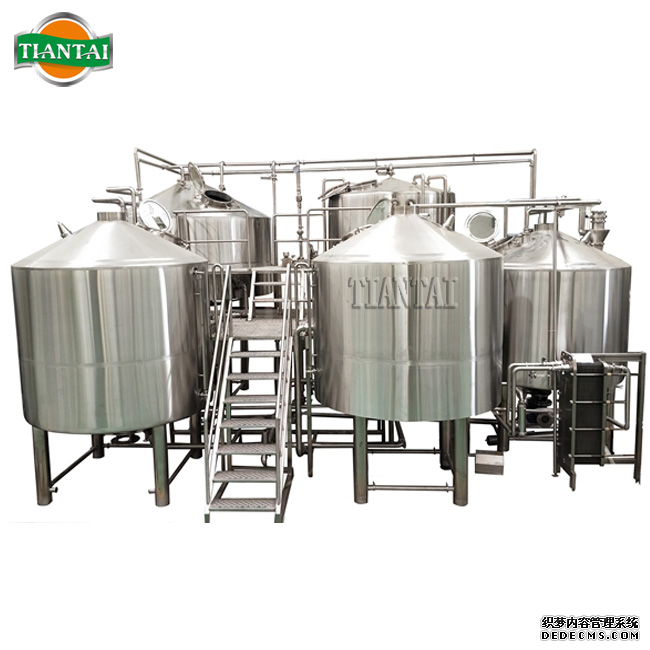Mashing Defined
Mashing is the brewer's term for the hot water steeping process which hydrates the barley, activates the malt enzymes, and converts the grain starches into fermentable sugars. There are several key enzyme groups that take part in the conversion of the grain starches to sugars. During malting, the debranching (chainsaw), beta-glucanase (weed whacker) and proteolytic (lawnmower) enzymes do their work, preparing the starches for easy access and conversion to sugars. During the mash, a limited amount of further modification can be accomplished, but the main event is the conversion of starch molecules into fermentable sugars and unfermentable dextrins by the diastatic enzymes (hedge trimmer and clippers). Each of these enzyme groups is favored by different temperature and pH conditions. A brewer can adjust the mash temperature to favor each successive enzyme's function and thereby customize the wort to their taste and purpose.
The starches in the mash are about 90% soluble at 130 °F and reach maximum solubility at 149°F. Both malted and unmalted grains have their starch reserves locked in a protein/carbohydrate matrix which prevents the enzymes from being able to physically contact the starches for conversion. Unmalted grain starch is more locked-up than malted. Crushing or rolling the grain helps to hydrate the starches during the mash. Once hydrated, the starches can be gelatinized (made soluble) by heat alone or by a combination of heat and enzyme action. Either way, an enzymatic mash is needed to convert the soluble starches to fermentable sugars.

Figure 79 - Typical Enzyme Ranges in the Mash
Table 11 - Major Enzyme Groups and Functions
| Enzyme |
Optimum Temperature Range |
Working pH Range | Function |
| Phytase | 86-126°F | 5.0-5.5 | Lowers the mash pH. No longer used. |
| Debranching (var.) | 95-113°F | 5.0-5.8 | Solubilization of starches. |
| Beta Glucanase | 95-113°F | 4.5-5.5 | Best gum breaking rest. |
| Peptidase | 113-131°F | 4.6-5.3 | Produces Free Amino Nitrogen (FAN). |
| Protease | 113-131°F | 4.6-5.3 | Breaks up large proteins that form haze. |
| Beta Amylase | 131-150°F | 5.0-5.5 | Produces maltose. |
| Alpha Amylase | 154-162°F | 5.3-5.7 | Produces a variety of sugars, including maltose. |
Note: The above numbers were averaged from several sources and should be interpreted as typical optimum activity ranges. The enzymes will be active outside the indicated ranges but will be destroyed as the temperature increases above each range.
Editor: Amy Chen
Position: sales manager
Mail: [email protected]




.jpg)

Get In Touch